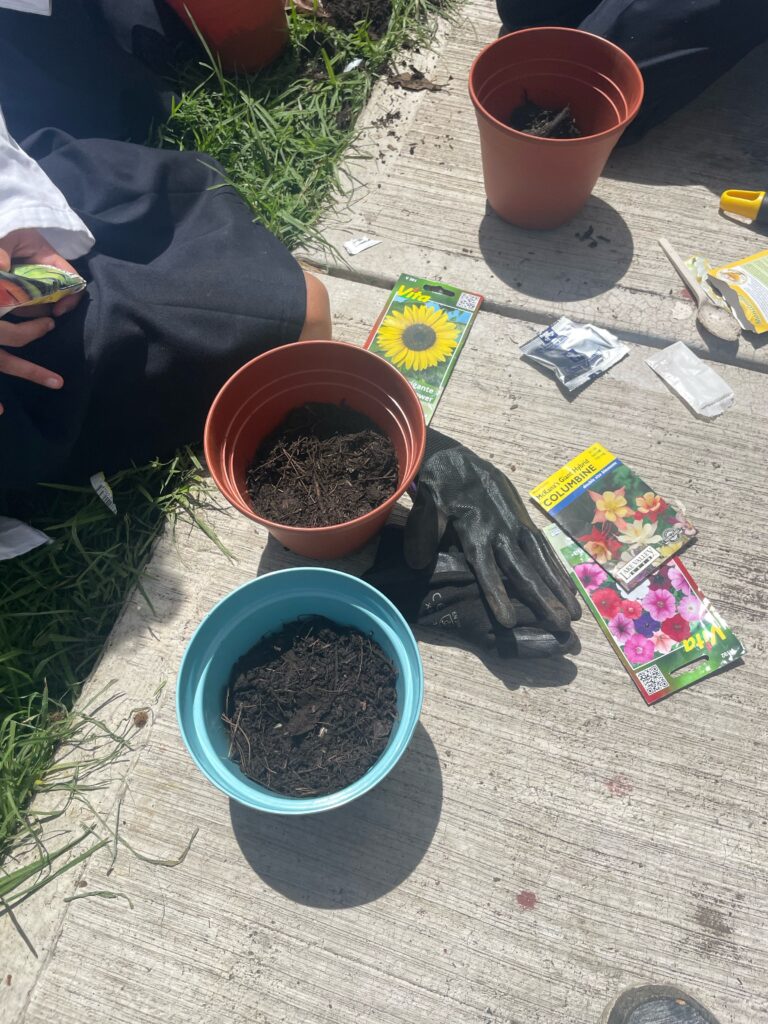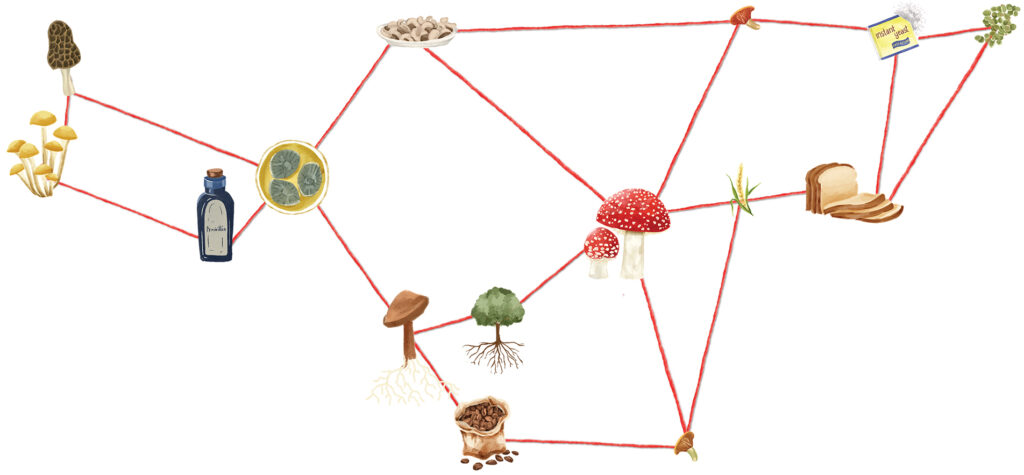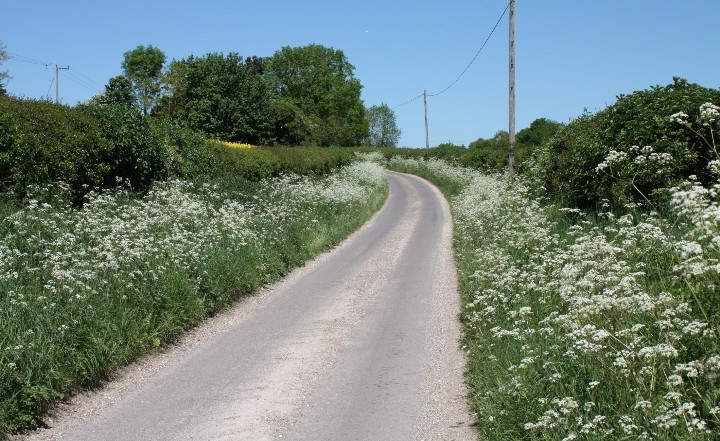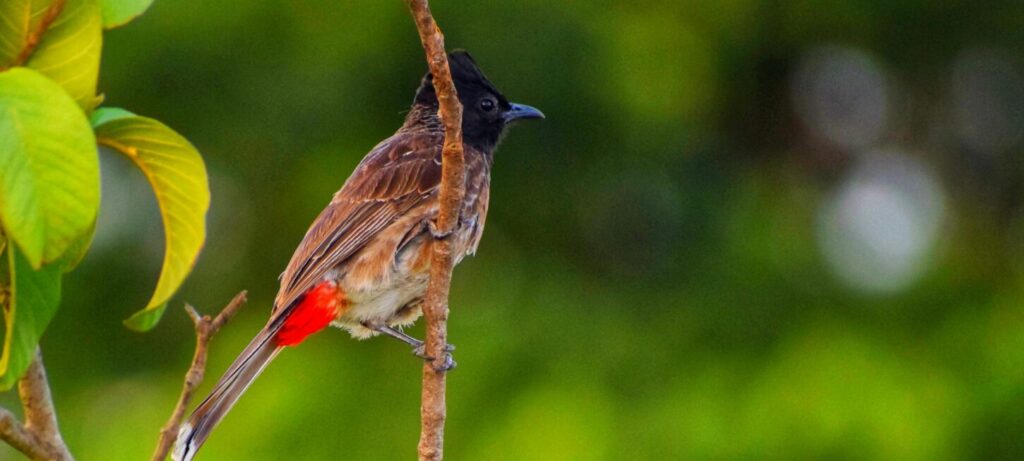Feature image: A house boat floating on the majestic Vembanad Lake
Nestled in the green heartland of Kerala, Vembanad Lake is a shimmering jewel of biodiversity and culture. Spanning over 230 square kilometres, this vast expanse of backwaters connects four districts—Kottayam, Alappuzha, Thrissur, and Ernakulam—forming the largest tropical wetland ecosystem on the southwest coast of India. Beyond its undeniable beauty, Vembanad is an ecological lifeline, sustaining countless communities, fishermen, and endemic species.
However, the lake is more than just a picturesque retreat. It is a Ramsar site, recognised for its environmental importance, and a hotspot of biodiversity that has inspired generations of writers, poets, and artists. Yet, in recent decades, rapid urbanisation, pollution, and unsustainable tourism have placed this fragile ecosystem at risk. Recognising the urgency of conservation, numerous organisations, researchers, and local communities have taken up the responsibility of preserving the lake’s ecological balance.
My personal journey with Vembanad Lake’s conservation efforts began through my mother, who served as the Chief Programme Coordinator at the Ashoka Trust for Research in Ecology and the Environment (ATREE) since 2006. Her dedication to conservation became my window into the world of environmental conservation.
This field note traces my experiences with the first fish count initiated in Vembanad Lake, also my first fish count, where I saw the beautiful efforts at promoting conservation through behavioural action plans.
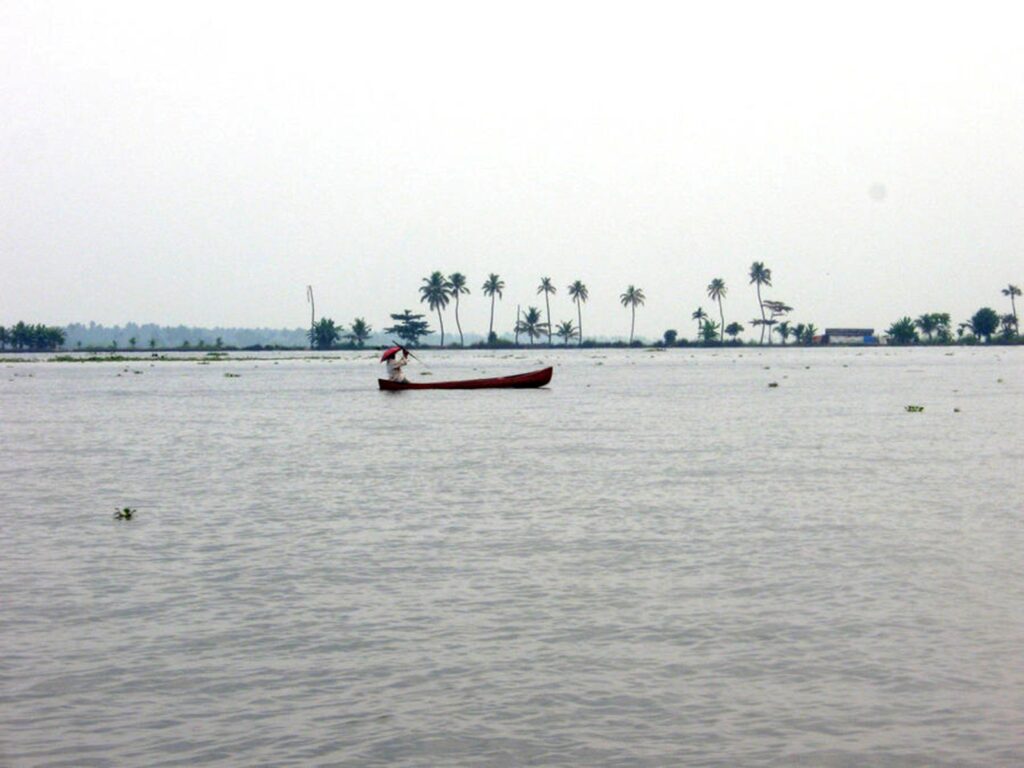
A teenage adventure with a purpose
It was 2008. As a teenager, I was more curious than ever, eager to understand my mother’s world and be part of something meaningful. When I first heard about the Vembanad Fish Count initiated by ATREE, the idea instantly fascinated me. How do you count fish in an open lake? What does this count mean for conservation? These were some of the questions that swirled in my head.
The answer, I soon discovered, was simple yet deeply scientific. Fish counts involve systematically capturing fish using nets, identifying the species, recording their numbers, and releasing them back into the water. The data collected would provide insights into species diversity, population trends, and the overall health of the lake’s ecosystem. The rationality of the idea inspired me to come up with a logo design for the event, which was quickly accepted and retained even today (a fish taking attendance of other fish).
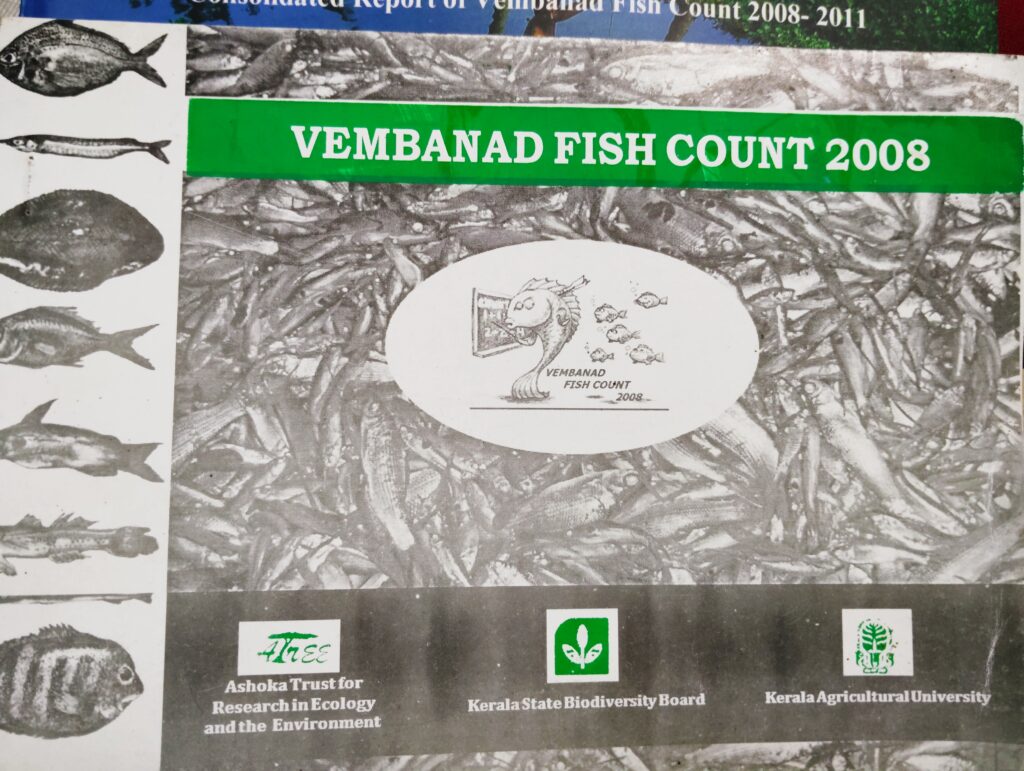
After months of planning, community meetings, and mobilisation efforts, the day of the first fish count arrived. The energy was infectious as hundreds of participants—school students, academicians, researchers, local fishermen, villagers, NGOs, and conservationists—set out onto the water. The lake, in all its majestic vastness, was bustling with activity as boats fanned out across different regions.
Each team was composed of fishermen, volunteers, and scientists, ensuring a combination of traditional ecological knowledge and modern scientific methods. As our boats drifted into designated zones, divers descended into the water with nets, surfacing every few minutes with a fresh catch. Researchers meticulously documented each species, noting down details of size, weight, and external characteristics.
As the day unfolded, the thrill of discovery was tinged with an underlying concern. By dusk, the total count revealed 51 different species—a stark decline from the 156 species documented in the 1950s. The numbers told a clear story: Vembanad’s aquatic diversity was in trouble. The lake often called the ‘inland fish basket’ was being reduced to an ‘inland wastebasket’ instead!
I remember the mix of emotions that surged through me that evening. On one hand, we were exhilarated to have been part of a scientific expedition. On the other, we were confronted with the reality of ecological degradation.
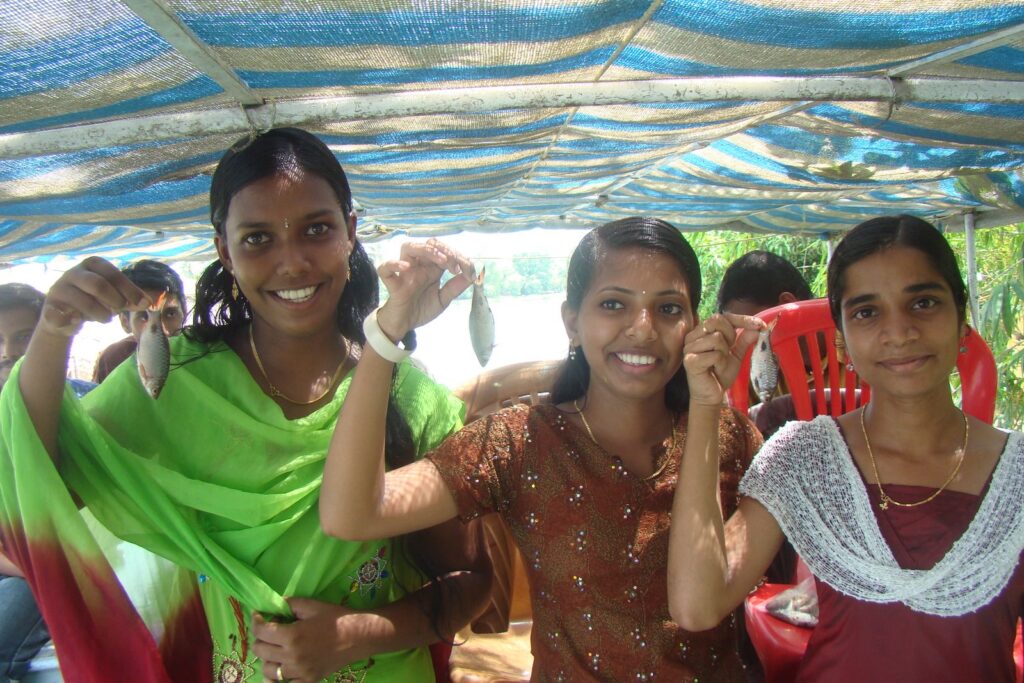
Ripple effects
That first fish count was more than just an academic exercise. It was a wake-up call. It illuminated the urgency of conservation efforts and underscored the importance of engaging local communities. The success of the initiative lay not just in collecting data but in mobilising people to act.
In the years that followed, the fish count became an annual event, evolving into a powerful conservation tool. The involvement of fishermen, students, and researchers meant that ecological awareness seeped into the very fabric of the local community. Each year, new volunteers joined the effort, eager to participate in what had now become both a tradition and a movement.
By 2024, the 17th edition of the fish count saw over 100 volunteers and experts from various fields. The latest results indicated a species count of 85, suggesting a slow but hopeful revival of biodiversity. However, the overall fish stock remained alarmingly low, and studies revealed that certain areas—where freshwater content was higher—had greater species diversity than others.
One of the major takeaways from these findings was the impact of human activities on fish diversity. Houseboat tourism, for example, had surged in popularity, bringing an economic boost but also introducing pollutants into the lake. Waste from houseboats and poorly managed sewage systems had altered the water quality, affecting fish populations.
Sustainable tourism policies became a central topic of discussion, highlighting the delicate balance between economic livelihood and environmental conservation. Could Vembanad sustain both its rich biodiversity and its thriving tourism industry? The answer was complex, but one thing was clear: unrestricted commercial activity posed a long-term risk.

Lessons from Vembanad
Seventeen fish counts later, it is indeed heartening to observe that the count continues.
What started as a scientific experiment had grown into a model for community-led conservation. The initiative demonstrated that real change happens when people take ownership of their environment. Fishermen, once sceptical of conservation efforts, now actively participated in data collection, realising that the lake’s health was tied to their own survival.
For me, the fish count shaped not only my understanding of ecology and conservation but also my values and career path. Though I no longer work directly with the initiative, the experience influenced my journey as a behavioural scientist. I learned that sustained behavioural change requires community engagement, trust, and participation. Conservation is not just about protecting species—it’s about empowering people to be stewards of their environment.
Even now, when I visit Vembanad, I see the lake with a different perspective. It is no longer just a body of water—it is a living, breathing ecosystem, deeply intertwined with human lives, cultural heritage, and the fight for sustainability.
Importantly, the Vembanad experience taught me three crucial lessons that continue to guide my thinking. First, conservation is a collective effort—no single organisation, scientist, or government body can single-handedly protect an ecosystem. Real change happens when communities take ownership.
Second, behavioural shifts drive long-term success—people protect what they feel connected to. The more engaged local communities are, the more successful conservation efforts become. Third, sustainability requires balance—economic growth and environmental conservation must go hand in hand. Policies that consider both are the key to long-term success.
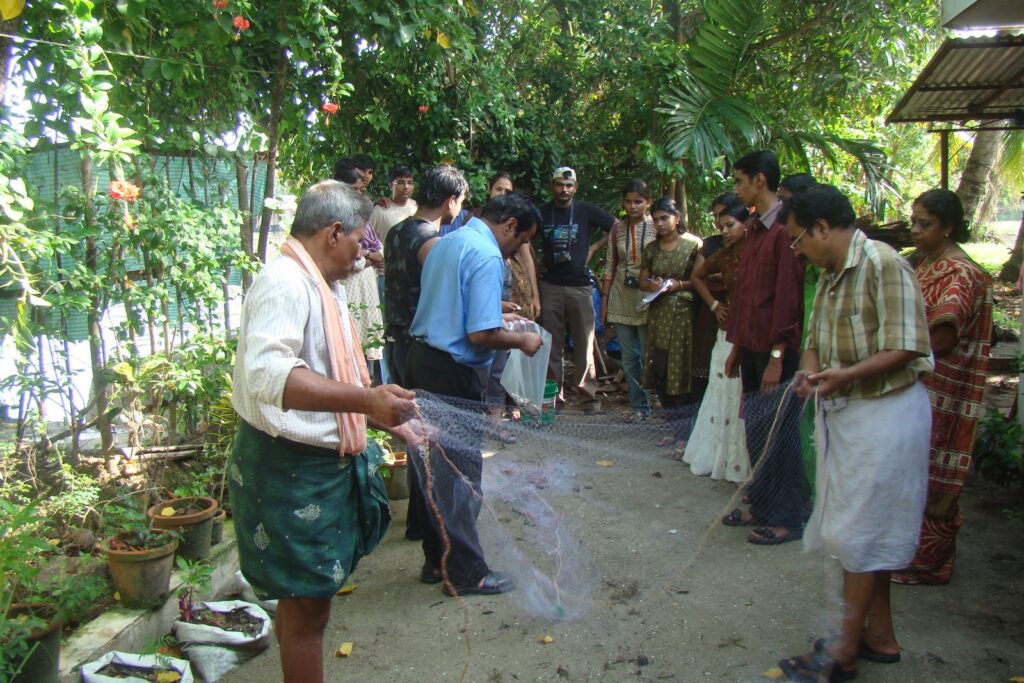
As conservation efforts at Vembanad continue, I take solace in knowing that each fish count, each conversation, and each act of environmental stewardship contributes to a larger movement. The lake’s story is far from over, and future generations will write the next chapters.
For now, as I stand by the shimmering waters of Vembanad, I know that its legacy will endure—not just in the species that call it home but, in the hearts, and minds of those who fight to protect it.
Further Reading
ATREE. 2008. Vembanad fish count 2008: Report of the participatory fish resources survey of the Vembanad Lake, Kerala. CERC. Kerala: ATREE.
ATREE. 2012. Fish and fisheries in Vembanad Lake. Kerala: ATREE.
ATREE. 2024. Vembanad Fish Count 2024. https://www.atree.org/atree_events/vembanad-fish-count-2024/. Accessed on May 8, 2025.The Hindu. 2021. 100 Fish species found in Vembanad Lake. https://www.thehindu.com/news/national/kerala/100-fish-species-found-in-vembanad/article36341154.ece. Accessed on May 8, 2025.

